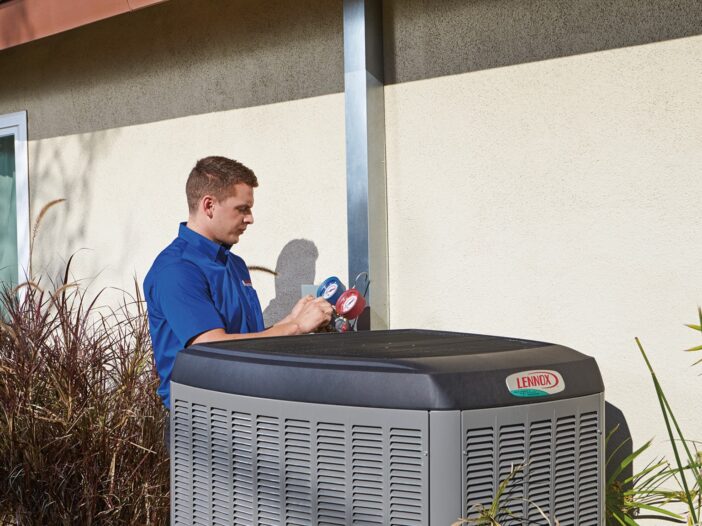
During the normal cooling process, your A/C extracts water from the air and sends it outdoors through the built-in drainage system. Problems with the drain system can result in unpleasant odors, mold growth that degrades your indoor air quality, or even HVAC equipment and property damage. Here’s how to deal with three of the most common drainage system issues that develop, so you can avoid messy cleanups, prevent costly repairs, and maintain a healthier air supply.
Dry Drain Trap
Your condensate drain system most likely includes a trap that’s similar to the one on the kitchen sink. When the air conditioner is used regularly, water that’s retained in the trap forms a seal that keeps noxious sewer gas odors from entering your home. If you notice a foul smell whenever the A/C is running, the drain line may not be installed properly, so have it checked by your HVAC pro.
Dirty Evaporator Coil
When dust and dirt particles get inside the air handler and build up on the evaporator coil, they’ll get carried into the drainage system along with the condensate that drips off the coil. Eventually, all that debris can clog up the drain line. Changing your A/C air filter regularly can help prevent this, but it’s also vital to have the evaporator professionally cleaned during a yearly maintenance visit.
Mold or Algae Growth
Warmth, moisture, and supply of organic particles make your condensate drain system an ideal environment where mold and algae can thrive. If either gain a foothold and start to flourish, an overgrowth can clog up the drain line and cause a condensate backup that leads to water damage in your home. If it’s not kept in check, mold can also circulate throughout your air supply via the ductwork, or even clog up the evaporator coil, restrict essential system airflow and cause equipment damage. To avert these problems, you or your HVAC technician should flush out the drain lines and clean the pan periodically.

